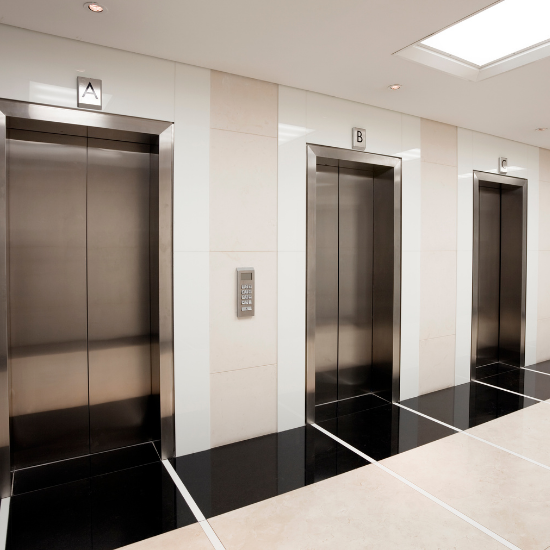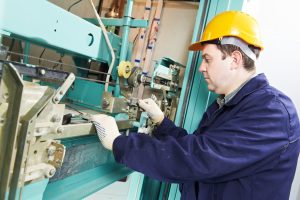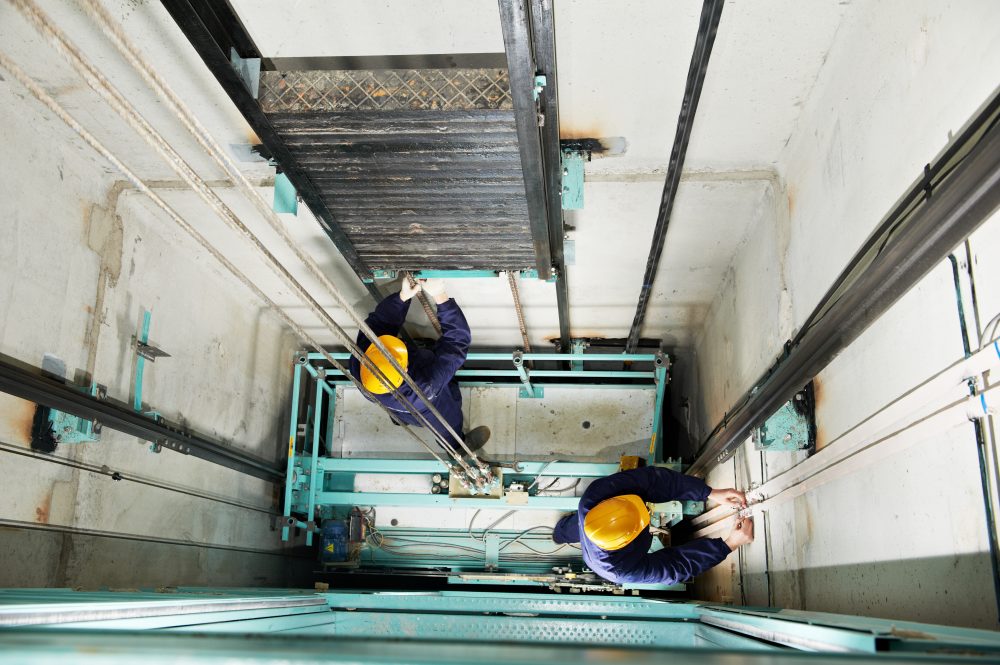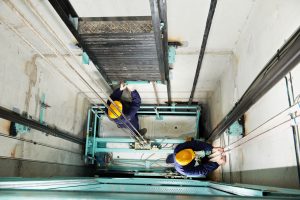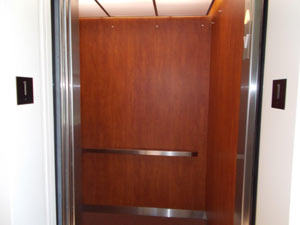Approximately 10,000 elevator-related injuries occur each year, emphasizing the need for proper elevator maintenance in your commercial business. Any minor issue can lead to downtime, business interruptions, and potential accidents. These can have severe consequences, such as increased operating costs, potential litigation, and a depreciated business reputation.
In these circumstances, elevator diagnostics are vital. The ability to identify and mitigate common elevator complications aids in averting most mechanical failures, ensuring your elevator operates at peak efficiency.
This preventive strategy leads to safer operations, enhanced usability, and reduced long-term costs. To glean further insights on this, continue reading about common elevator problems to be vigilant for.
Mechanical Failure
A leading cause of elevator injuries is mechanical failure. Such problems arise from issues like worn sheaves, which put a strain on the ropes and cause them to wear down. If you notice sudden jerking movements or changes in speed, this might be the root cause.
Yet there’s a solution. Regular maintenance can mitigate this. Having a professional routinely service the elevator can prevent significant issues down the line.
Inaccurate Elevator Leveling
In some cases, the elevator may not stop evenly with the floor, leading to potential tripping hazards. This issue is often associated with faulty elevator sensors.
Once these sensors fail, the elevator carriage may not stop as required. This disrupts the seamless movement of passengers in and out of the elevator.
Resolving this issue entails replacing the faulty sensors. Once calibrated, the new sensors should improve the precision of elevator stops.
Misaligned Doors
Misaligned doors constitute another common problem. This happens when there’s uneven wear and tear on the door equipment, causing the elevator doors to malfunction.
It’s vital not to ignore these issues. Misaligned doors can lead to further complications and pose a safety hazard to users. The likely solution here is an elevator repair that realigns the doors.
Electrical System Malfunctions
If your elevator experiences unexpected shutdowns or erratic operations, it could indicate electrical issues. Approaching a professional to diagnose and rectify electrical problems is the best way forward. After a thorough repair, sign up for regular maintenance to stop the problem from reoccurring.
The Importance of Regular Maintenance
Regular maintenance is your golden key to elevator longevity and efficient performance. Consider setting a maintenance schedule that includes professional inspections of all the elevator’s components, including the cables, safety system, and door mechanisms. The frequency of maintenance would depend on various factors, including the lift’s age, usage, and manufacturer’s recommendations.
Ensure Safety With Professional Elevator Diagnostics
The importance of effective elevator diagnostics cannot be overstated. We’ve expounded on several common issues and their implications, such as mechanical failures, misaligned doors, inaccurate leveling, and electrical system malfunctions.
You can prevent and rectify these crucial issues through regular professional maintenance. Routine elevator inspections are key to safer, more efficient operations and significant long-term cost reduction.
Your commitment to safety starts with proper upkeep. At Keystone Elevator, we’re ready to offer our expertise in elevator repairs 24/7. Contact us today and let’s ensure the lasting reliability of your elevators.

